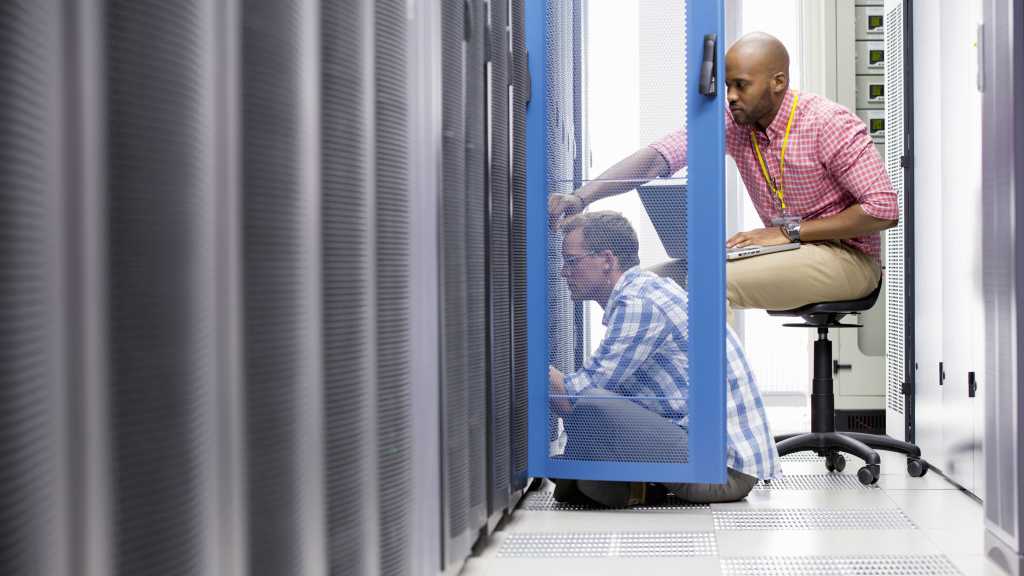Join our daily and weekly newsletters for the latest updates and exclusive content on industry-leading AI coverage. Learn More
Google continues to bring its flagship AI models to its productivity apps, expanding its Gemini features.
The company today announced several updates to its Workspace products, including the addition of Audio Overviews and new streamlined methods for tracking meetings.
Audio Overviews, which was first introduced in Google’s popular NotebookLM, allows people to create podcasts on their chosen research topic.
Now, through Gemini, users can create audio files based on uploaded documents and slides. They can also generate audio overviews within deep research reports. These podcast-style audio files are downloadable. Audio Overview generates voices and grounds its discussions solely on the provided documents.

Google previously told VentureBeat that its tests showed some people prefer learning through listening, where information is presented in a conversational format.
The company also launched a new feature called Canvas in Gemini, which lets people create drafts and refine text or code using the Gemini model. Google said Canvas helps “generate, optimize and preview code.” Canvas documents can be shared with Google Docs.
Updated calendars
Google also streamlined how users can add events and meetings to their calendars. Gemini will detect if an email contains details of events and can prompt people to add it to their calendar. The model will surface emails with potential appointments if the user misses them.
Some plug-ins for Google, such as Boomerang, offer similar features that display appointments above the subject line. The Gemini-powered calendar feature will open a Gemini chat window alerting the user of the event.
Pointing AI models to surface data or events from emails has become a cornerstone of enterprise AI assistants and agents. Microsoft’s new agents parse through emails for input. Startup Martin AI has an AI assistant that manages calendars, emails and to-do lists.
Melding generative AI with productivity
Google added Gemini chat to Workspace last year to integrate the standalone chat platform with Gmail, Google Docs and Calendars. This brought Google closer to Microsoft’s Copilot, which added AI models to its productivity platforms, including Outlook.
Enterprises continue to add AI features to the workplace, and it’s possible that if their employees regularly access things like Gemini on their Gmails and use AI models for research, AI adoption rates may be even higher.
Daily insights on business use cases with VB Daily
If you want to impress your boss, VB Daily has you covered. We give you the inside scoop on what companies are doing with generative AI, from regulatory shifts to practical deployments, so you can share insights for maximum ROI.
Read our Privacy Policy
Thanks for subscribing. Check out more VB newsletters here.
An error occured.



















